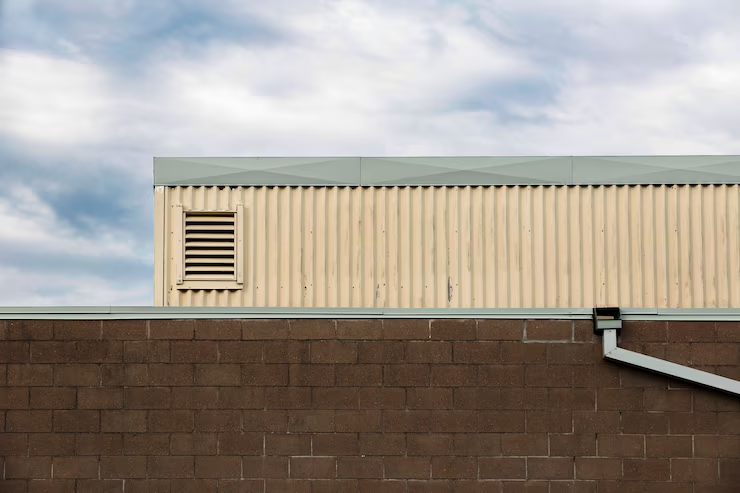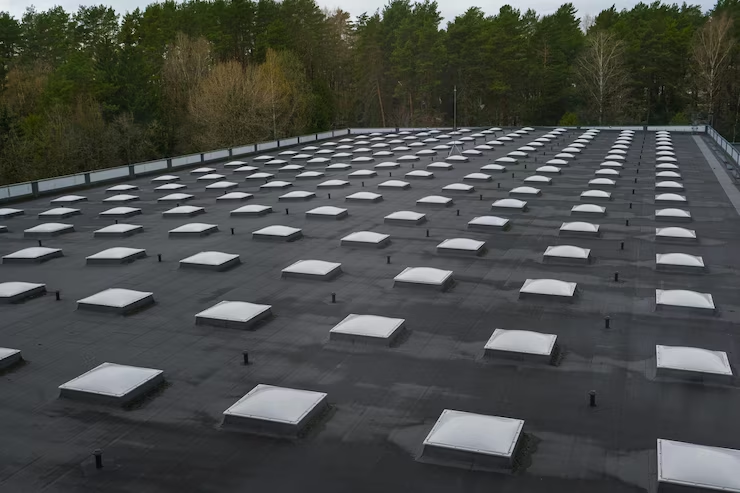Mississauga, Ontario, one of Canada’s fastest-growing cities within the Greater Toronto Area, is experiencing a surge in custom home building. Driven by increasing demand for personalized, sustainable, and technologically integrated residences, custom home projects in Mississauga blend design innovation with high-end finishes and environmental awareness. In this article, we explore the journey from concept to completion, detailing the latest trends, key design features, budgeting considerations, regulatory context, lifestyle influences, and practical advice for prospective homeowners in Mississauga.
Mississauga’s Architectural Context & Neighborhood Influence
Mississauga’s diverse neighborhood fabric—from historic Streetsville to modern Port Credit, Erindale, Clarkson, Lorne Park, Mineola, and City Centre—shapes homeowners’ design choices. Distinct architectural styles influencing custom builds include:
- Modern Contemporary (clean lines, open plans, floor-to-ceiling glass) is prominent in Port Credit and Mineola.
- Traditional Colonial with brick façades and symmetrical profiles in older communities
- French Country—stucco, stone accents, rustic charm—seen in suburbs like Lorne Park.
Homeowners often tailor designs to align with neighborhood character while asserting a distinct identity. For instance, roughly 35% of Port Credit custom homes now lean modern, capitalizing on lakefront and urban vistas.
Best Custom Home Builder in Mississauga
If you’re looking for a trusted Custom Home Builder in Mississauga, Route Homes Construction, like Custom Home Builders in Mississauga – Xavieras Homes and Easton Homes Inc. | Custom Home Builder | Mississauga is a standout name in the region. Comparable to renowned local firms, Route Homes is celebrated for its exceptional client satisfaction, thorough understanding of Ontario’s residential building regulations, and commitment to delivering projects on time. Their clear and transparent approach — from initial consultation to final handover — ensures a seamless experience for homeowners seeking to transform their vision into an elegant, custom-built home.
Mississauga’s Popular Interior Design Trends
Open Layouts with Zoning Flexibility
- About 65% of new custom homes in Mississauga feature open floor plans to maximize natural light and connectivity
- The 2025 trend leans toward hybrid openness: open spaces subtly divided via glass partitions, shelving, or sliding doors, balancing social flow with privacy.
Minimalist with Warm Accents
- Clean lines and neutral palettes dominate, but homeowners are layering natural textures—wood, stone, softer lighting—for warmth and comfort.
Natural & Sustainable Materials
- Organic materials—reclaimed wood, bamboo, recycled glass, and stone—are increasingly common in flooring, countertops, and built-ins.
Custom Kitchens & Spa-Like Bathrooms
- High-end kitchens feature large islands, integrated smart appliances, quartz or granite surfaces, and designer lighting
- Luxury bathrooms boast freestanding tubs, rainfall showers, heated floors, and wellness features like in-wall speakers—40% of homeowners prioritize these during design selection
Biophilic Design & Wellness Spaces
- Trends embracing nature indoors, with planted walls, natural airflow, water features, and daylighting to support wellbeing.
- Integration of wellness rooms, quiet retreats, and acoustic privacy supports mindful living at home.
Flexible Multi-Functional Rooms
- Reflecting hybrid lifestyles, homeowners seek rooms adaptable as offices, gyms, guest suites, or creative studios. Furniture and cabinetry convert seamlessly to support evolving needs.
Mississauga’s Popular Exterior Trends & Outdoor Integration
Mixed Material Facades
- Roughly 30% of new builds blend stone, wood, metal, and stucco for dynamic curb appeal and textural contrast.
Large Windows & Glass Walls
- Floor-to-ceiling glazing floods interiors with light and emphasizes indoor-outdoor integration, especially in waterfront or green lot settings.
Flat Rooflines & Modern Silhouettes
- Flat or low-pitch rooflines are becoming increasingly popular in neighborhoods like Clarkson and Erindale, signaling a contemporary aesthetic.
Outdoor Living as an Extension of Home
- About 50% of custom homes now include expansive outdoor kitchens, patios, decks, and entertaining zones structured to blend with interior flow.
Landscape Integration & Native Planting
- Designers increasingly align softscaping and hardscaping with architectural themes, using native plants, patios, green zones, and lighting to harmonize home and yard.
Energy Efficiency, Sustainability & Smart Technology
High-Performance Insulation & Windows
- Approximately 80% of Mississauga custom homes incorporate premium insulation and double-/triple-pane windows to improve thermal performance and reduce heating/cooling bills.
Solar & Renewable Integration
- Solar panels are frequently included to support net-zero goals and lower lifecycle operating costs.
Smart Home Automation
- Demand is rising for systems like smart thermostats, automated lighting, integrated security, voice control, and energy-monitoring appliances—all seamlessly embedded into design layouts.
Green Building Certifications & Ethical Luxury
- Ethical luxury is reshaping priorities: homeowners emphasize material transparency, low-impact sourcing, durability, and wellness-led design over conspicuous finishes.
- Green certification frameworks like LEED Canada and CaGBC guidelines increasingly shape custom-built specs through energy, water, materials, and indoor environment performance criteria.
Budgeting, Costs & Project Management
Cost per Square Foot
- In Mississauga, custom builds typically range from $300 to $500 per square foot, depending on complexity, materials, and lot location, with luxury finishes pushing toward the higher end.
Architect-Builder Coordination
- Early collaboration among homeowners, architects, and builders ensures feasibility with municipal zoning, catchment rules, and Tarion/Ontario codes; many builders offer fixed-fee design packages or transparent quoting processes.
Project Timeline & Phases
- Typical phases: design planning and approvals (3–6 months), site preparation, foundation, framing, envelope, interiors, systems, and landscaping—overall 12–24 months depending on scale and complexity.
Value Retention & Resale
- Though high upfront costs, custom homes often yield high resale premiums due to craftsmanship, superior materials, and bespoke design that appeal to discerning buyers.
Regulatory & Approval Considerations
- Mississauga and Peel Region enforce zoning bylaws, lot coverage limits, setbacks, height caps, and heritage overlays—particularly in established areas like Streetsville or Port Credit.
- Permitting requires coordination with the City’s building division, including site plans, drainage, grading, energy compliance (e.g., Ontario Building Code), and potential committee of adjustment applications.
- Builders frequently engage local consultants to ensure fast-track approvals and avoid redesign delays.
From Vision to Occupancy: The Customer Journey in Custom Home Building in Mississauga
Consultation & Concept
- Begin with stakeholders: architects, designers, builders—clarifying lifestyle needs, aesthetic preferences, sustainability goals, and zoning context using detailed mood-boards.
Design Development
- Iterative phases of schematic design, working drawings, material mock-ups, and budget refinement. Emphasis on eco-materials, passive planning, indoor-outdoor flow, and smart-home wiring.
Construction Management
- Transparent scheduling, regular walkthroughs, and milestone approvals. Reliable builder leads with a reputation in Mississauga custom builds.
Completion & Occupancy
- Final commissioning of systems, finishing inspections, landscaping fine-tuning, orientation sessions for smart systems, and handover documentation.
Case Examples & Future Outlook
- Port Credit contemporary residences increasingly embrace bold geometry, flat rooflines, and full-glass rear facades to optimize lake views.
- Lorne Park estate homes trend toward French country charm with stone, stucco, and layered roof profiles.
- Mississauga City Centre infill custom lots are rising, blending high‐end townhomes and single-family homes with fine-grain finishes and vertical integration to downtown amenities.
Looking Forward
- Expect continued evolution toward net-zero designs, ethical luxury, and homes that are sanctuaries for wellness, flexibility, and sustainability.
- As building codes evolve and homeowner awareness grows, Mississauga’s custom home sector is set to become even more refined, personalized, and environmentally integrated.
Conclusion
Custom home building in Mississauga is no longer just about luxury—it’s about crafting purpose-driven homes attuned to personal lifestyle, environmental values, and local context. From conceptual planning through final handover, the trends of open-yet-zoned interiors, multi-functional spaces, ethical materials, technology integration, and wellness-led design define the city’s leading-edge custom builds.
By aligning ambition with restrictions—municipal zoning, budgets, green standards—homebuyers can realize residences that are aesthetically striking, deeply personal, and built to endure. For Mississauga homeowners, custom building means not only creating a house but manifesting a future-proof, human-centered environment.



